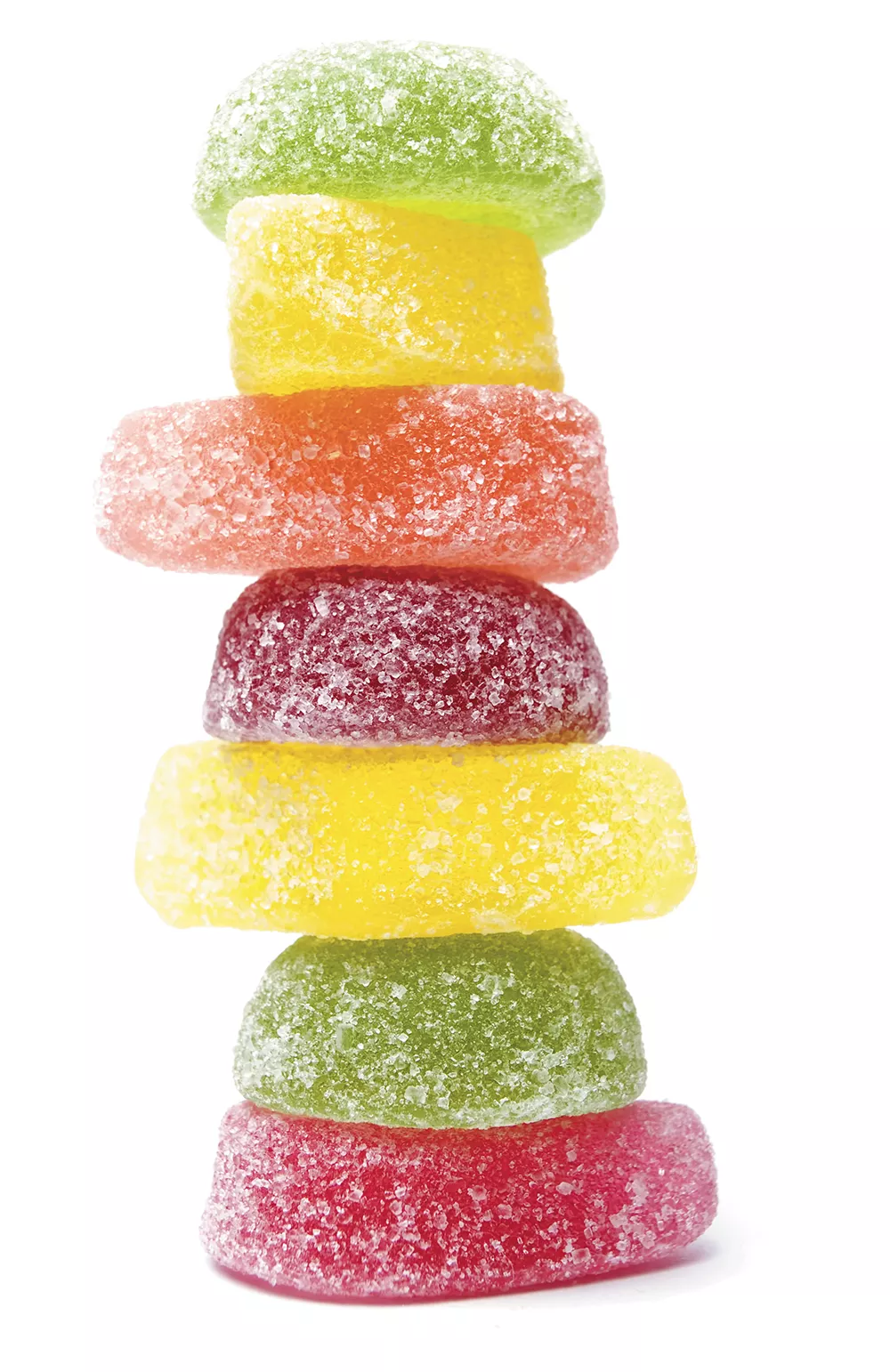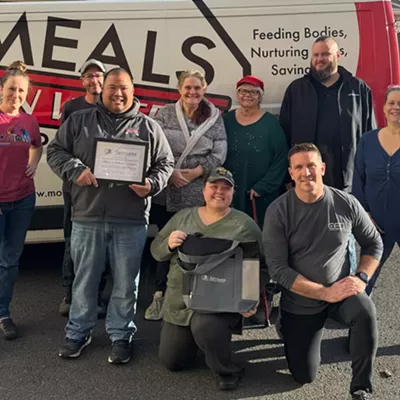In 2009, Robert Lustig, an endocrinologist at the University of California, San Francisco, School of Medicine, posted a lecture on YouTube called "Sugar: The Bitter Truth," in which he argues that sugar isn't just empty calories, it's "toxic." Sugar, particularly fructose, he said, is the root cause of diseases plaguing modern America: The video has since been viewed more than 3.9 million times and his views have been widely publicized in the New York Times, National Geographic, 60 Minutes and The Oprah Show.
"Ultimately, this is a public health crisis," Lustig told Sanjay Gupta in an interview last year. "And when it's a public health crisis, you have to do big things and you have to do them across the board. Tobacco and alcohol are perfect examples. We have made a conscious choice that we're not going to get rid of them, but we are going to limit their consumption. I think sugar belongs in this exact same wastebasket."
Lustig's proclamation begs an important question: Should we eschew pecan pies smothered with whipped cream? Roasted hams glazed in sugar? Cookies of all kinds? Anything frosted, sprinkled or dipped in chocolate?
Could something that tastes so good really be so bad?
Not so fast, says Shaekira Collins, a clinical dietician at Providence Sacred Heart Medical Center. "Everything you read from him or in the mainstream media, you have to take it with a grain of salt," she says. "Or a tablespoon of sugar."
Sugar in and of itself isn't a problem; the problem is our supersized consumption of it. The average American adult consumes 79 grams, or 20 teaspoons, of added sugar a day. For a 2,000-calorie diet, the United States Department of Agriculture recommends less than half of that amount — 32 grams, or just eight teaspoons.
People who consume high amounts of added sugars are often taking in excess calories and eating low-quality diets, increasing their risk for obesity, insulin resistance, Type 2 diabetes, and cardiovascular disease. Most of the fructose in our diets doesn't even come from fresh fruits anymore.
While our consumption of added sugars has steadily fallen in the past decade (blame the rise of non-nutritive sweeteners, like Splenda and stevia, and the growing popularity of sugar-free everything), we're still eating too much and exercising too little. Obesity rates, meanwhile, continue to climb.
"Our food environment has changed. We're not moving as much. We're eating more. We're eating different," says Collins. "Everything in moderation is fine. I think people's problem is that they have a problem with the 'moderation' part."
So what's driving our massive added sugar intake? The occasional office baked good? The candy stashed in our desk drawers? Our second serving of ice cream on a Saturday night in front of Netflix? Nope. The biggest culprit, the data shows, is our copious soda consumption. Soft drink consumption in the U.S. has risen sharply from about two servings a week in 1942 to two servings a day 60 years later. And kicking that soda pop habit, says Spokane dietitian Craig Hunt, would do our bodies some good.
"When people decrease their sugar intake the equivalent of a can of soda, about 45 grams, you do see an improvement in cholesterol and body fat," Hunt says. "That's the equivalent of about three tablespoons of sugar per day."
The type of sugar we consume doesn't matter all that much. Even so-called "natural" sugar substitutes like evaporated cane juice, agave, honey and maple syrup are no better for our waistlines when ingested with abandon, To our bodies, it's all the same. Our digestive system breaks down the sugars and turns them into glucose, our bodies' preferred fuel source.
In fact, how we eat our sugar is far more important. One of the drawbacks of sugar, says Hunt, is its "minimum satiety value."
"Sugar by itself tends to be what they call 'empty calories,'" Hunt says. "So it has a minimal effect on feeling like, 'Yeah, I really got something. I'm full.'"
When we eat carbohydrates, our blood sugar or glucose levels rise. Refined sugars — also known as simple carbohydrates, which have no nutritional value — cause our blood sugar levels to spike rapidly. Our pancreas detects that rise and secretes insulin to control our blood sugar.
"It's dangerous to have elevated glucose in your blood," Hunt explains. "If your body has to handle a high carbohydrate load day after day, eventually the cells that produce your insulin become desensitized. Basically they start to die off so our pancreas becomes less functional... and then people become pre-diabetic."
But when you combine sugar with protein or healthy fats — for example, if you drizzle your agave on oatmeal with flaxseed meal and chia seeds rather than dumping it in your tea — the effect is tempered and your blood sugar rises more slowly.
"What are you going pair that up with? Make it something that has some nutritional value to it, so it's far less harmful to the body," Hunt says.
If you're concerned about added sugar intake, eliminating it from your diet completely probably is not a good idea, says Hunt.
"I've watched people's blood sugars and cholesterol for over 20 years," he says. "The people that I see who are adamant that they're going to get all their added sugar out, when they finally do eat sugar, they binge on sugar."
Lactose, the sugar found in dairy products and breast milk, is, after all, the first taste we learn as newborns, says Cindy Coberly from the Greater Spokane Dietetic Association: "I think we set up ourselves up for failure if we tell ourselves we can't have that ever for the rest of our lives."
Non-nutritive sweeteners, like Splenda and stevia, are good weight-management options, but Coberly prefers honey: "It's got immune-boosting properties, and it's loaded with B vitamins, and you're getting more bang for your buck."
If you're interested in using natural alternatives to decrease your sugar load in baked goods, Collins recommends substituting mashed bananas or dates for the sweet stuff.
"If you're thinking about it from a health standpoint, pick what you think is best for you and eat it in moderation," Collins says.
There are easy ways to cut back your added sugar intake: Limit your soda and energy drinks. Satiate your sweet tooth with fresh fruit. Get full loading up on whole foods, like fruits, veggies and lean protein. Bottom line: Eating a cupcake every now and then certainly isn't going to kill you.
"I wouldn't say anyone should avoid sugar. Rather than avoiding sugar, I'd say choose better options; get your glucose from fruits and vegetables and whole grains rather than donuts," says Collins. "Be mindful of what you're eating throughout the day." ♦
What's the Glycemic Index?
The glycemic index (GI) is a handy tool for measuring how various foods affect your glucose or blood sugar levels. High glycemic foods cause your blood sugar levels to spike, and that's a problem, says dietitian Shaekira Collins, because consistently elevated blood sugar levels can lead to chronic health problems.
"It means we have a lot of sugar in our system, so our pancreas has to work harder to pump out more insulin," Collins explains. "When things have to work harder, they're more prone to fatigue." And that's how insulin resistance develops, and later, Type 2 diabetes, when your body doesn't produce enough insulin to maintain normal blood sugar levels.
For those with diabetes or insulin resistance, nutritionists recommend choosing foods with low GIs and eating anything with high GIs sparingly. High glycemic foods, which have a GI of 70 or more, include white bread, white rice, sugary cereals, cookies and crackers. Low glycemic foods, which have a GI of 55 or less, take longer for your body to digest. These include whole grains, fibrous fruits and vegetables, beans, lentils and nuts. Anything with a GI between 56 and 69 is considered moderate.
Low GI Foods: peanuts (7), chickpeas (10), grapefruit (25), skim milk (32), carrots (35), apples (39), brown rice (50), 100% whole grain bread (51), quinoa (53), yams (54), oatmeal (55).
Moderate GI Foods: pumpernickel bread (56), grapes (59), honey (61), bananas (62), Coca-Cola (63), Kraft Macaroni and Cheese (64), couscous (65), Special K cereal (69).
High GI Foods: white bread (71), watermelon (72), vanilla wafers (77), Gatorade (78), rice cakes (82), white rice (89), cornflakes (93), baguettes (95), russet potatoes (111).
Sugar by Another Name
The word "sugar" doesn't always appear in the ingredients list on the backs of our favorite sweetened junk foods. Here are the sweet stuff's most common aliases:
• Dextrose
• Corn Syrup
• Evaporated Cane Juice
• Fructose
• High Fructose Corn Syrup
• Honey
• Lactose
• Malt Syrup
• Maltose
• Maple Syrup
• Nectar
• Sucrose




















